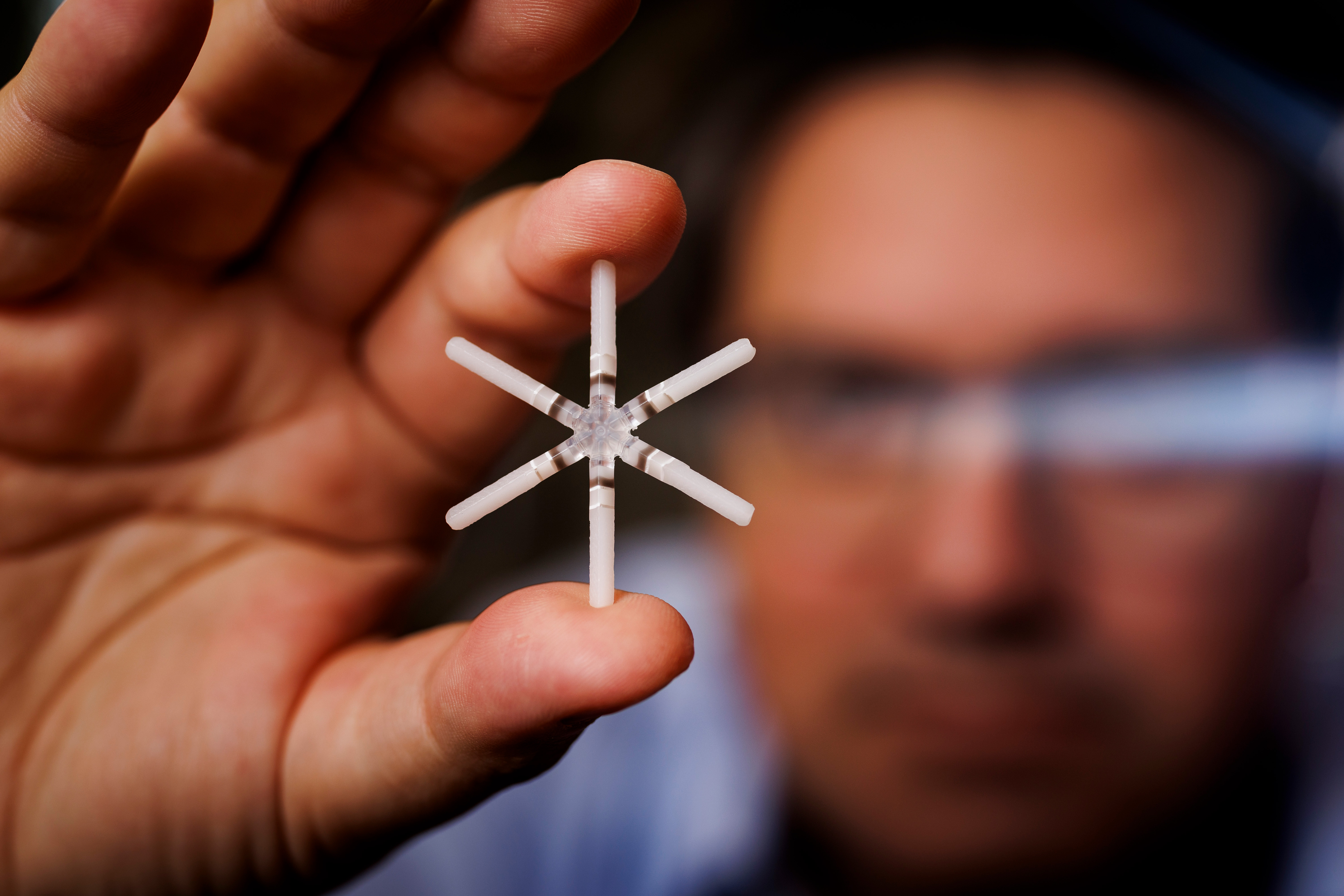Get the latest tech news
Mary had schizophrenia, then suddenly didn't
Some psychiatric patients may actually have treatable autoimmune conditions. But what happens to the newly sane?
Perhaps the most vivid disruption to the idea of schizophrenia as a monolithic concept began in 2007, when Josep Dalmau, a neurologist at the University of Barcelona, started publishing papers with his colleagues which described young patients with delusions, hallucinations, and sudden changes in their behavior, like agitation and inappropriate giggling. Several psychiatrists told me that they’d found themselves rereading the history of the discipline, wondering, for instance, if some of those patients of Emil Kraepelin’s whose symptoms helped define schizophrenia might actually have had encephalitis or autoimmune conditions—specifically, a subset he described as having “spasmodic phenomena in the musculature of the face” and an inability to walk without falling. “To look back and say, basically, ‘Twenty years of my life were out of reality’—that would be a fundamental blow to her identity as a physician and mom,” he said, a challenge to “one of our most primitive instincts, that we can discern what is real.” When I expressed concern about how to present the disparity in memories sensitively, he told me, “I think that is the story.
Or read this on Hacker News
